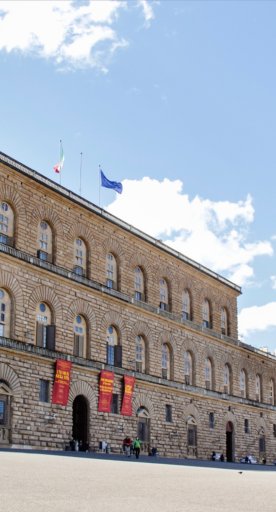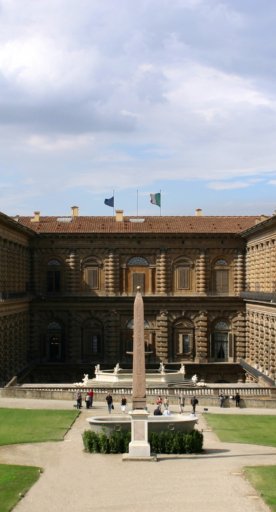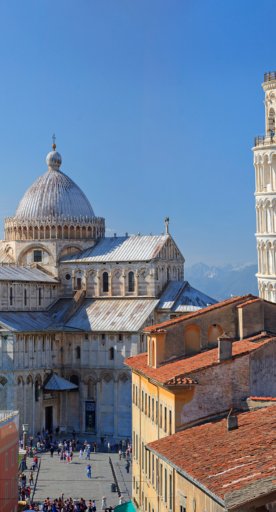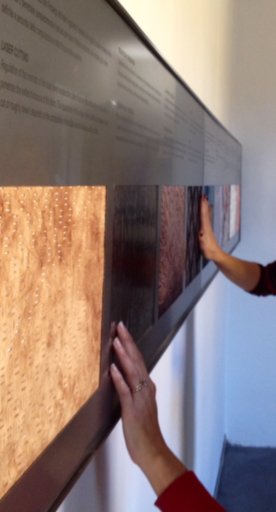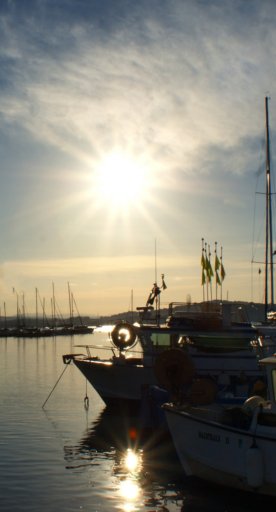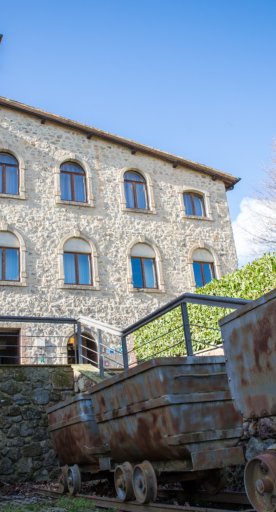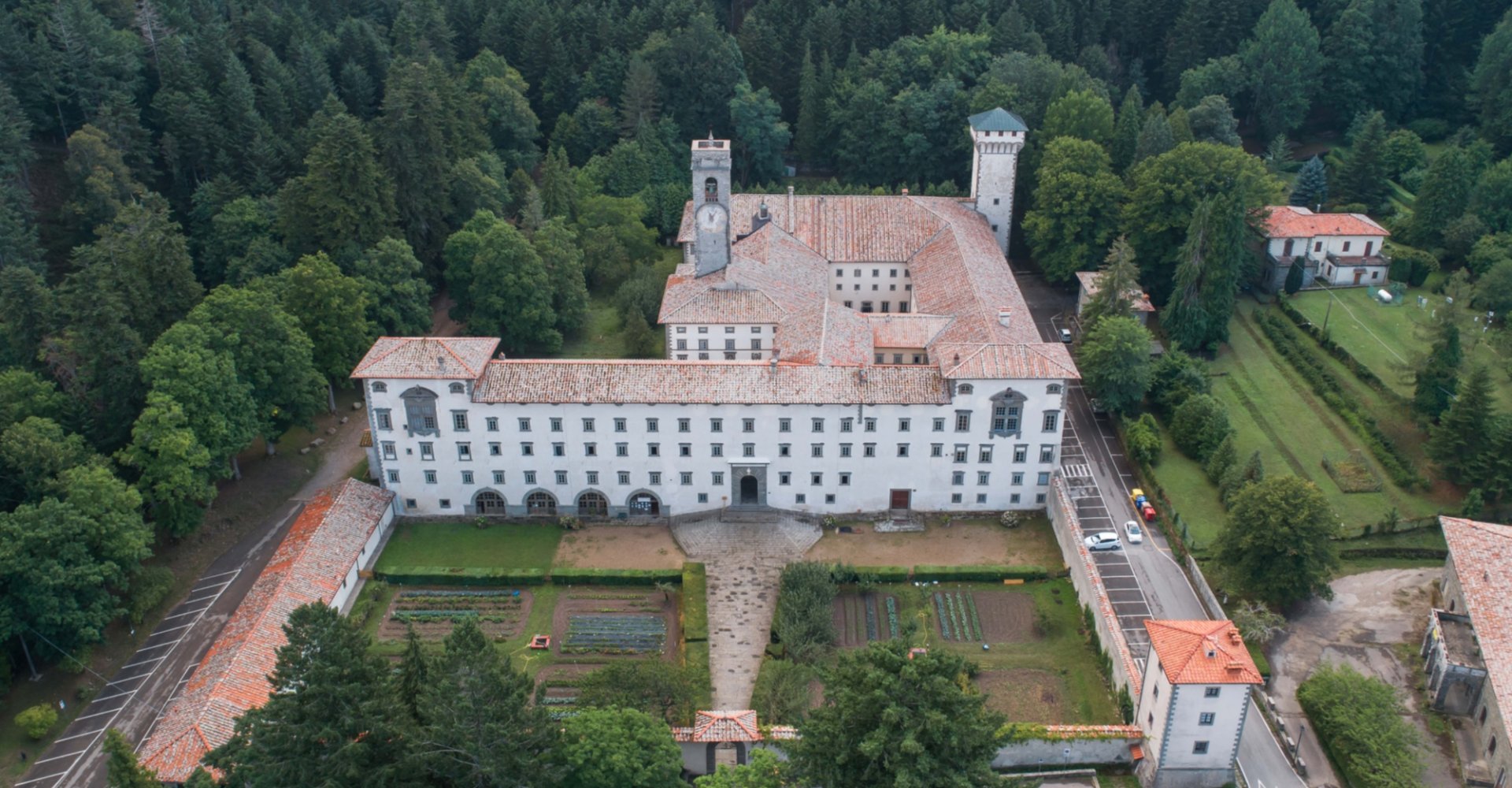

Spirituality, silence, beauty: 5 places around Florence
Tips for disconnecting from the everyday routine and find inner peace
Any time of the year is good to unplug and find time for yourself. Certain periods then are better than others for religious significance, which can have value even for those who are not religious.
We propose here 5 places within a short distance from Florence to visit not as tourists but as people looking for a profound experience.
5 places that are not only interesting for history, architectural appearance, but that immersed in nature, almost always woods, give the possibility to totally disconnect from the daily rhythm of our lives for moments of inner peace.
-
1.Convent of L’Incontro
-
2.Hermitage of Lecceto
-
3.Abbey of Vallombrosa
-
4.Convent of Mount Senario
-
5.Charterhouse of Florence
Convent of L’Incontro
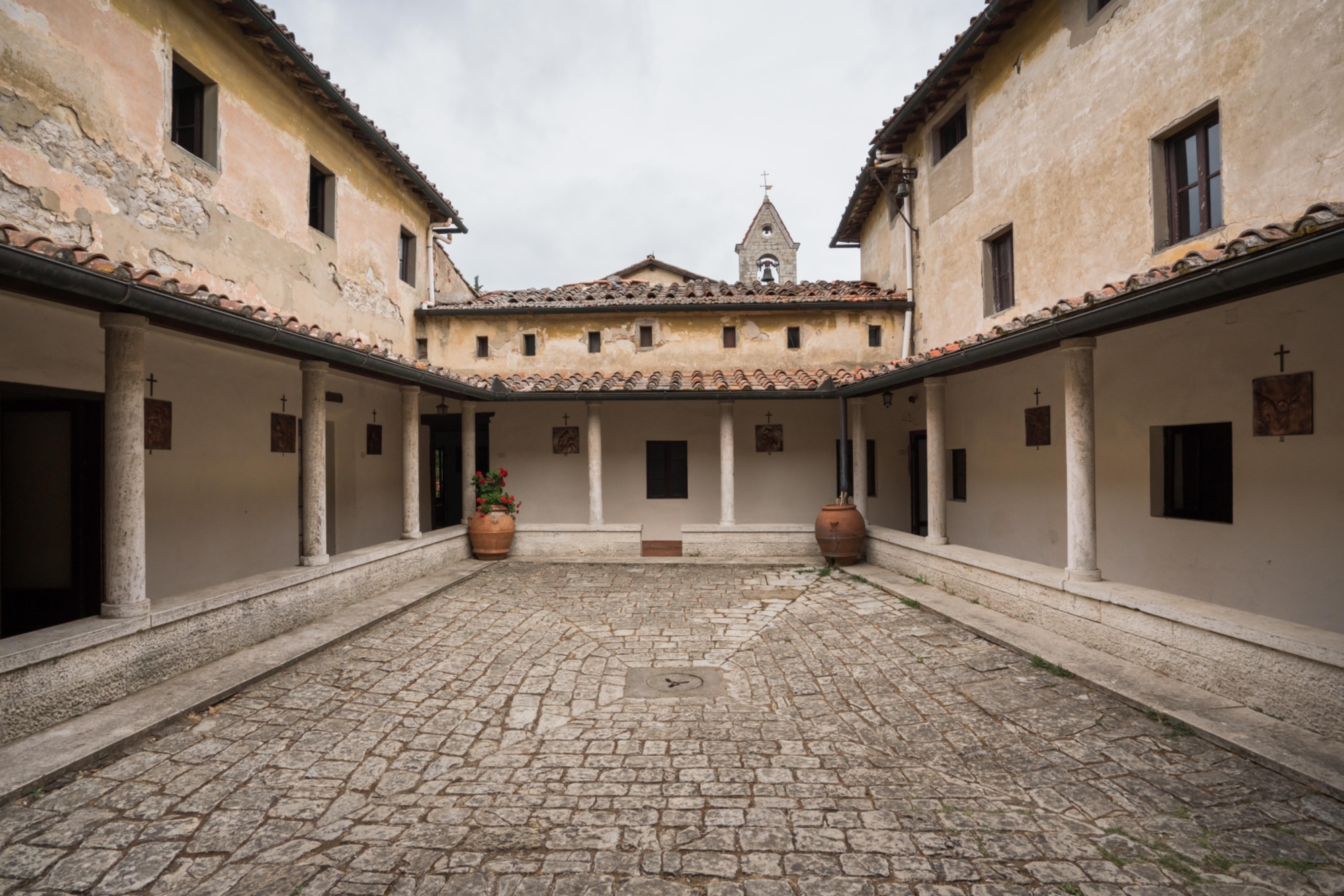
In the soft and rolling landscape of Bagno a Ripoli, on the hill of L’Incontro stands the convent of the same name, a Franciscan place that arose in the 18th century on a site that was originally Longobard and later transformed into a hermitage dedicated to San Macario (St. Macarius).
From its panoramic location overlooking Florence, the Convent of L’Incontro has typically Franciscan spaces, a simple but elegant structure with cloister, refectory and rooms. It is not the seat of any religious order but is run by a Franciscan-inspired association that keeps the place alive, organizes events and moments of learning.
Hermitage of Lecceto
In Malmantile, a hamlet of Lastra a Signa, is located the Hermitage of Lecceto; it can be glimpsed at the end of a charming cypress-lined avenue leading from Gangalandi to the church of Lamole, a very ancient communication route. The Convent began as a hermitage, founded in 1473 by the Dominican friar Domenico Guerrucci and financed by the Florentine nobleman Filippo Strozzi, whose coat of arms can be seen in several places in the church and convent.
After various events and changes of ownership, the ancient convent was purchased by the Archbishop of Florence, restored and used as a place of spirituality, as well as for organizing moments of learning.
Abbey of Vallombrosa
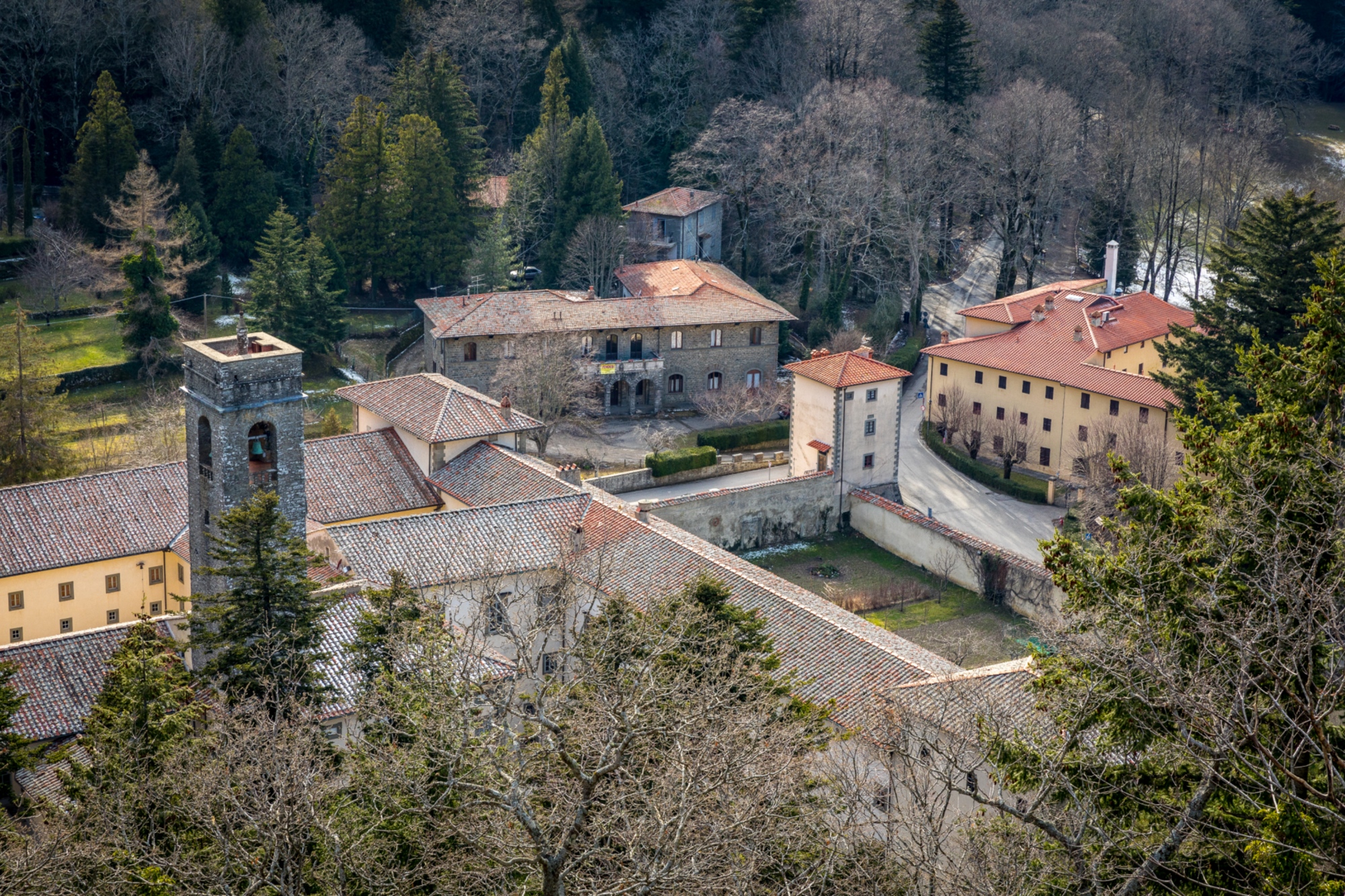
In the town of Reggello, at the foot of Mount Secchieta and nestled in a dense forest, the Abbey of Vallombrosa has a centuries-old history.
The place was so lonely that the founder, Giovanni Gualberto (John Gualbert), later sanctified and founder of the Vallumbrosan Order, chose it for his hermitage. Consecrated in the year 1000, it is still inhabited by monks who open it to guided tours in summer.
The community is open to those who want to spend a few days in fraternity, following the life marked by the rhythms of prayer. The monks also organize courses in herbal medicines and phytotherapy.
Convent of Mount Senario
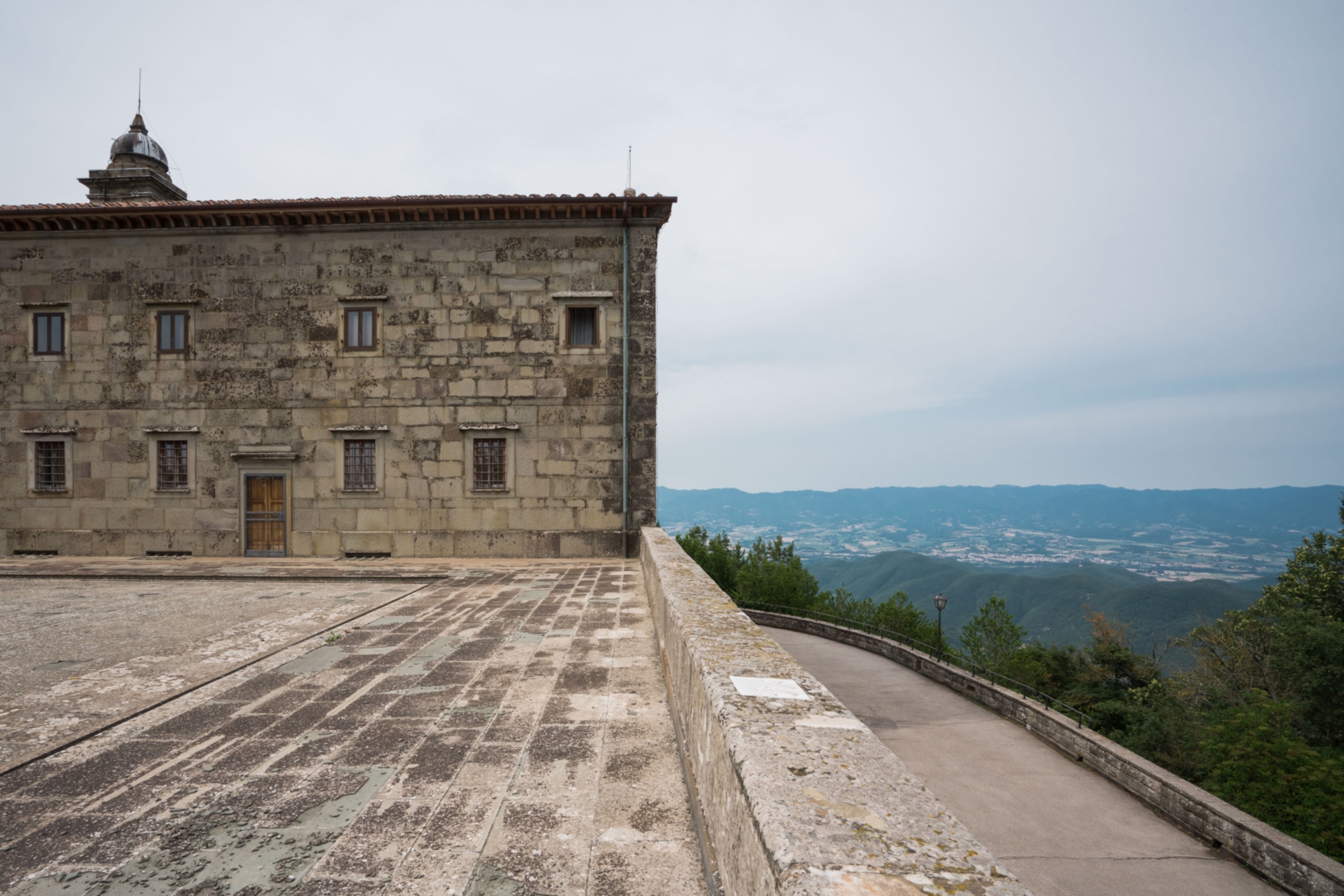
The hill of Mount Senario is located north of Florence, it is covered with woods and on the summit, which is conquered after a nice walk or on a comfortable road, stands since 1233 the Sanctuary of Mount Senario.
Like Vallombrosa, this place was also the inspiration for the birth of an order, that of the Servants of Mary, who still live in this austere place, rich however of works of art and evocative settings, such as the Baroque church.
The convent, which is located in the municipality of Vaglia a few kilometers from Florence, is open for hospitality.
Charterhouse of Florence
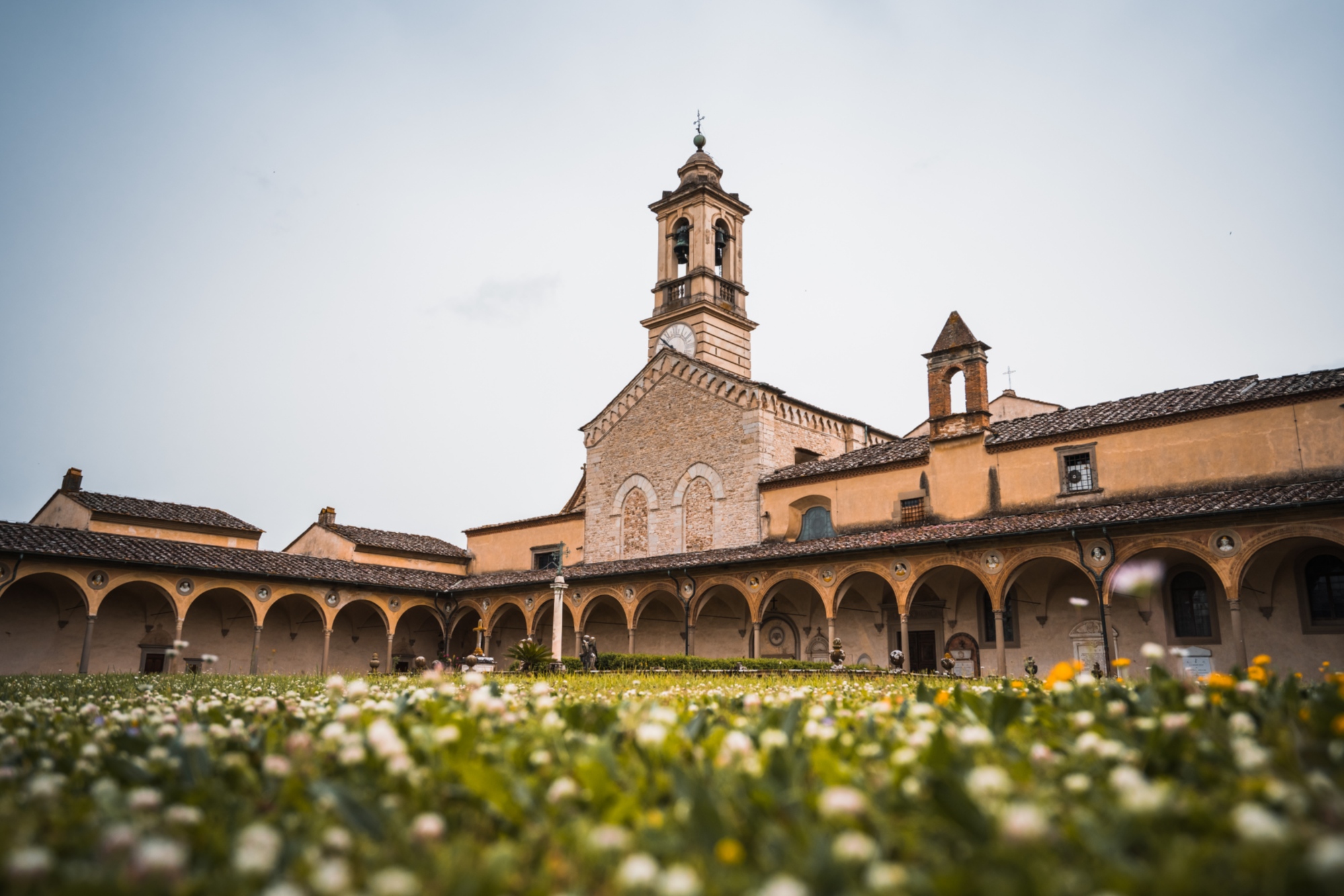
Of the five tips proposed in this article, the Charterhouse of Florence is perhaps the best known. It is located on the southern border of the city of Florence, at Galluzzo, high on a hill.
Its austere beauty betrays its 14th-century origin, the Charterhouse is a place rich in history and works of art.
The monumental rooms alternate with the silence of the cloisters, while the monks’ cells are true masterpieces of functionality (it seems that even Le Corbusier was inspired by this model).
A Cistercian monastery, where monks are no longer present, run by the Community of San Leolino (St. Leolinus), it is a place that inspires meditation and silence, where unfortunately you cannot stay overnight but is sure to inspire.











